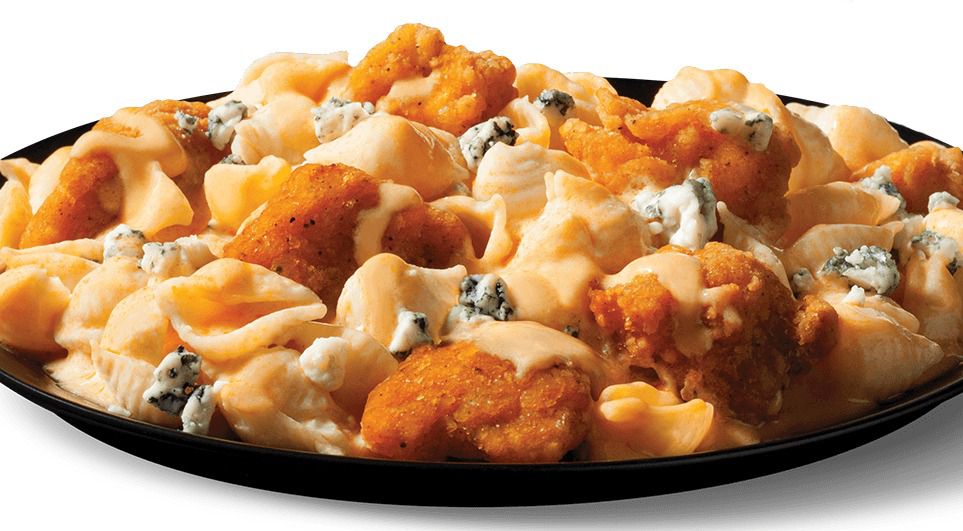

Unless you are able to shop and get what you need for your family on a daily basis, freezing some foods for short or long term use, is essential. And with gas prices on the rise and their effect on food prices, there's no better time than now, to start looking at how you protect and store the costly food you buy every week. Reducing food waste undoubtedly decreases your overall spending and that means more money for other things your family needs. 18-19)Ĭommission Directive 92/2/EEC of 13 January 1992 laying down the sampling procedure and the Community method of analysis for the official control of the temperatures of quick-frozen foods intended for human consumption (OJ L 34,, pp.Food is the largest household expense for many families and the homemaker needs to reduce food waste and better manage how the larder is kept for the long term, in order to save money on groceries. This consolidated version is of documentary value only.Ĭommission Regulation (EC) No 37/2005 of 12 January 2005 on the monitoring of temperatures in the means of transport, warehousing and storage of quick-frozen foodstuffs intended for human consumption (OJ L 10,, pp. Successive amendments to Directive 89/108/EEC have been incorporated into the original act. EU countries had to prohibit trade in products which did not comply with this directive by 10 January 1991.Ĭouncil Directive 89/108/EEC of 21 December 1988 on the approximation of the laws of the Member States relating to quick-frozen foodstuffs for human consumption (OJ L 40,, pp. It has applied since 10 January 1989 and had to become law in the EU countries by 10 July 1990 for trade in products which complied with this directive. The Commission is granted powers to adopt detailed rules for sampling and for monitoring temperature in the modes of transport, warehousing and storage. Others: the net quantity and the identity of the manufacturer, packer or seller.ĮU countries must ensure that the equipment used for quick-frozen foods complies with the directive and they must conduct random official checks on product temperature.Ultimate consumers, restaurants, hospitals, canteens: the date of minimum durability, the period during which the product may be stored by the purchaser, the storage temperature and the storage equipment required.The other compulsory information varies according to the intended consumer of that product. The labelling of quick-frozen foods must include the sales name, the indication ‘quick-frozen’ and the batch identification. Quick-frozen foods must be packaged in pre-packaging which protects them against external contamination and drying. The deviation in such instances must not exceed 3 ☌. The European Commission sets the purity criteria.ĭeviations from the temperature of – 18 ☌ for quick-frozen foods are permitted during transport and local distribution and in retail display cabinets. Only air, nitrogen and carbon dioxide meeting specific purity criteria may be utilised as cryogenic media (i.e. Quick freezing must be carried out promptly, using appropriate technical equipment, on raw materials of sound, genuine and saleable quality.

Quick-frozen foodstuffs are those subjected to the ‘ quick-freezing’ process, in which the temperature zone of maximum crystallisation is spanned as rapidly as possible and the product is then held (after thermal stabilisation) at a temperature of – 18 ☌ or lower. It lays down EU-wide rules governing the quick freezing, packaging, labelling and inspection of quick-frozen foodstuffs. Directive 89/108/EEC on quick-frozen foodstuffs for human consumption


 0 kommentar(er)
0 kommentar(er)
